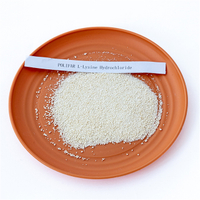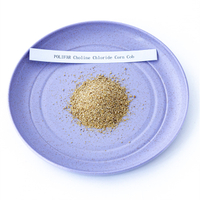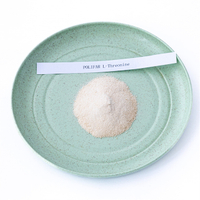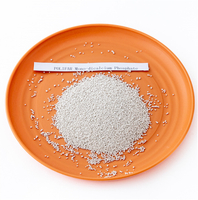Overview
 | 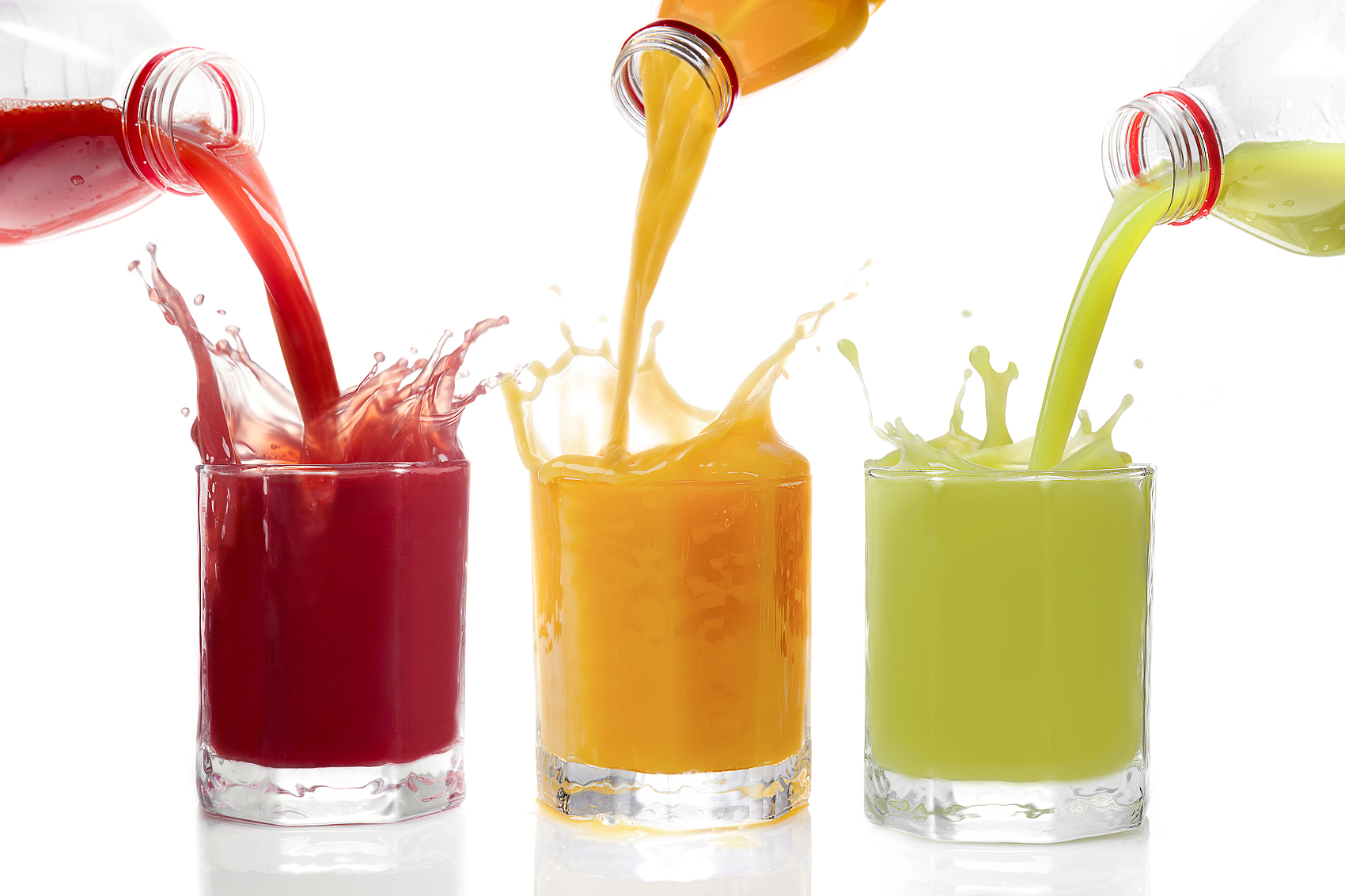 |
Product Properties
Xylose is mostly produced by hydrolyzing corn cobs. Bagasse and papermaking wastewater are also used as raw materials and production methods such as enzymatic methods. The sweetness of xylose is 72% of sucrose, which is close to the sweetness of glucose. The flavor is also similar to glucose. It can improve the flavor and taste of sweets and inhibit odor. It is not metabolized in the human body. Xylose enzyme system. Xylose enters the body and is absorbed in the intestines, but it does not participate in metabolism and does not produce energy. 90% is excreted without being used and does not cause diarrhea. Adding a small amount of xylose to food can provide good health care Effect. Taking xylose and calcium at the same time can improve the body's absorption and retention rate of calcium and prevent constipation.
Application
1) Xylose is mainly produced through reduction and hydrogenation to produce xylitol, which has a wider range of uses.
2) Xylose is used as a non-caloric sweetener in food and beverages and is suitable for patients with obesity and diabetes.
3) Xylose has been used in pet feed in developed countries.
4) Xylose is used in baked products.
5) Xylose is used as the color of high-end soy sauce.
6) It also has certain uses in light industry and chemical industry.
FAQ
Q1: What are the advantages of UDP xylose monosaccharide sweetener compared with other sweeteners (such as sucrose, honey, glucose)?
A1: UDP xylose monosaccharide sweetener has the following advantages compared with other common sweeteners (such as sucrose, honey, glucose):
Low Calorie: UDP xylose monosaccharide sweetener is very low in calories, making it suitable for people who need to control their caloric intake, especially those who want to lose weight or control blood sugar levels.
Does not cause tooth decay: Compared with sucrose, UDP xylose monosaccharide sweetener will not be broken down by bacteria in the mouth to produce acidic substances, so it will not cause tooth decay.
Does not affect blood sugar levels: UDP xylose monosaccharide sweetener does not cause severe fluctuations in blood sugar levels, so it is suitable for diabetics and people who need to control blood sugar.
Good taste: UDP xylose monosaccharide sweetener has good solubility and sweet taste, and has a soft taste without leaving any bitterness or peculiar smell. It is suitable for use in various foods and beverages.
Strong stability: UDP xylose monosaccharide sweetener has good stability under heating, acidic and alkaline conditions, and is not prone to decomposition or loss of sweetness.
More suitable for cooking and baking: Compared with honey and glucose, UDP xylose monosaccharide sweetener is more suitable for cooking and baking because it will not affect the color and taste of food, nor will it affect the shelf life of food.
Q2: How is UDP xylose monosaccharide sweetener made?
A2: UDP xylose monosaccharide sweeteners are usually manufactured through chemical synthesis. The manufacturing process includes the following steps:
Raw material preparation: The raw materials for manufacturing UDP xylose monosaccharide sweetener are usually made from xylose (xylose) or xylose derivatives. Xylose is a sugar that occurs naturally in plants and can be extracted from plant fibers or isolated from lignin.
Oxidation reaction: First, xylose or xylose derivatives are converted into xylose aldehyde or xylose ketone through oxidation reaction.
Reduction reaction: Next, xyfural or xylosone undergoes a reduction reaction and is converted into UDP-xylose monosaccharide.
Purification and crystallization: The produced UDP xylose monosaccharide is purified and crystallized to remove impurities and obtain a final product with higher purity.
Drying and pulverizing: Finally, the product is dried and pulverized to produce UDP xylose monosaccharide sweetener in powder or granular form for use in food processing.
Exhibition




